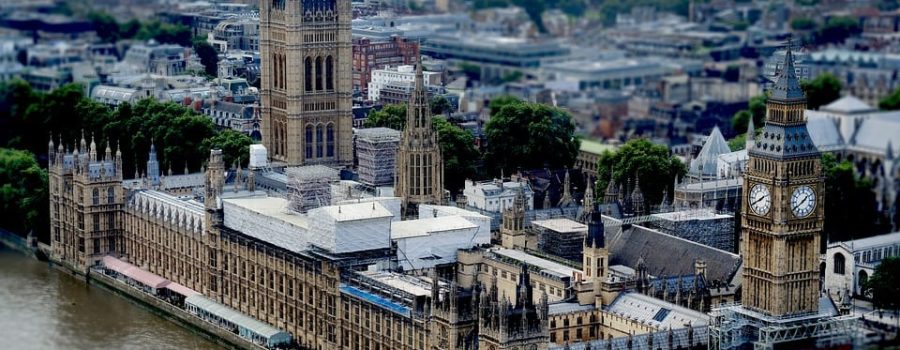Chancellor Philip Hammond delivered his Spring Statement to the House of Commons at lunchtime today. Here is everything you need to know.
This was very clearly a Spring Statement and not a Spring Budget.
After getting used to hearing the Chancellor present a Budget in the Spring, we now have to wait until the Autumn for the major annual fiscal event, with the Spring Statement reserved for a more general update on economic matters.
There was reasonably good news about the state of the British economy, with forecasts marginally improved on those presented at the previous Budget.
The UK economy is now forecast to grow by 1.5% in 2018, up from a forecast of 1.4% towards the end of last year. It’s not unusual for these forecasts, which are made by the independent Office for Budget Responsibility, to be revised up or down.
However, the economic growth forecasts for 2019 and 2020 remain unchanged at 1.3%, so they do expect the British economy to grow at a slightly slower pace once the UK leaves the European Union.
The price inflation forecast was also quite interesting, with an expectation this will fall from 3% to 2% by the end of the year. If this is proved true then, combined with stable economic growth and the absence of too much economic headwind from Brexit, it could open the door for the Bank of England to hike interest rates over the next 12-18 months.
Brexit was a key consideration within the Spring Statement today, with £1.5bn allocated so far to the various government departments in order to prepare for Brexit in March 2019. This forms part of the £3bn announced in the Autumn Budget, to be spent over two years.
Money was also allocated to building affordable housing, with £1.67bn for the creation of a further 27,000 affordable homes in London and the budget for Housing Growth Partnership to be more than doubled to £220m.
An investment programme of at least £44bn over the next five years was announced at Autumn Budget 2017, putting the government on track to raise the supply of homes to 300,000 a year on average by the mid-2020s.
The Spring Statement today confirmed that the National Living Wage will rise to £7.83 an hour in April. This equates to an extra £600 a year for a full-time worker.
National Minimum Wage rates for under 25s and apprentices will also rise – the largest increase in youth rates in 10 years. Over 2 million people are expected to benefit from April’s increases.
The tax-free personal allowance – the amount you earn before you start paying income tax – will rise to £11,850 from April 2018. This means that in 2018/19, a typical taxpayer will pay £1,075 less income tax than in 2010/11.
There was also some help for businesses in the Spring Statement.
In the Autumn Budget last year it was announced that business rates revaluations will take place every three years, rather than every five years, following the next revaluation. This makes bills more accurately reflect the current rental value of properties.
The Spring Statement today announced that the next revaluation, currently due in 2022, will be brought forward to 2021. This will mean businesses can benefit from the change to three-year revaluations earlier, with the first taking place in 2024.
Commenting on the Spring Statement today, Ed Smith, Head of Asset Allocation Strategy, Rathbones, said:
Chancellor Philip Hammond was very clear when he reformed the system, the Spring Statement will not be ‘a major fiscal event’ – no other western economy announces tax and spending changes twice a year and the UK needed to stop too.
He lived up to that promise today: the first ever Spring Statement was a short update on policy already in train and a response to the Office for Budget Responsibility’s new forecasts (which were pretty much unchanged over the forecast horizon).
Remember, the OBR’s forecasts are grim. They suggest that despite the low levels of growth that the UK is currently achieving – lower than most of our peers overseas – we are actually delivering more than what we can sustainably produce.
That’s the Bank of England’s view too, which means rates could rise despite weak growth. And the OBR not baking in the most adverse of Brexit scenarios into their forecasts.

